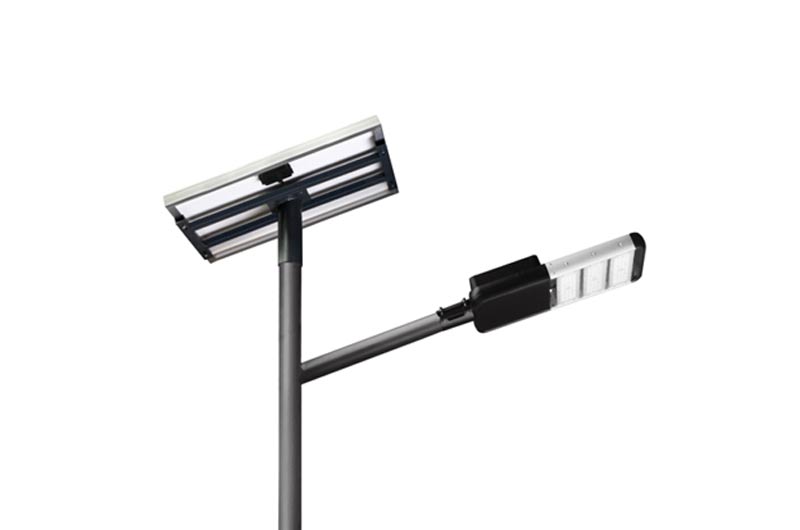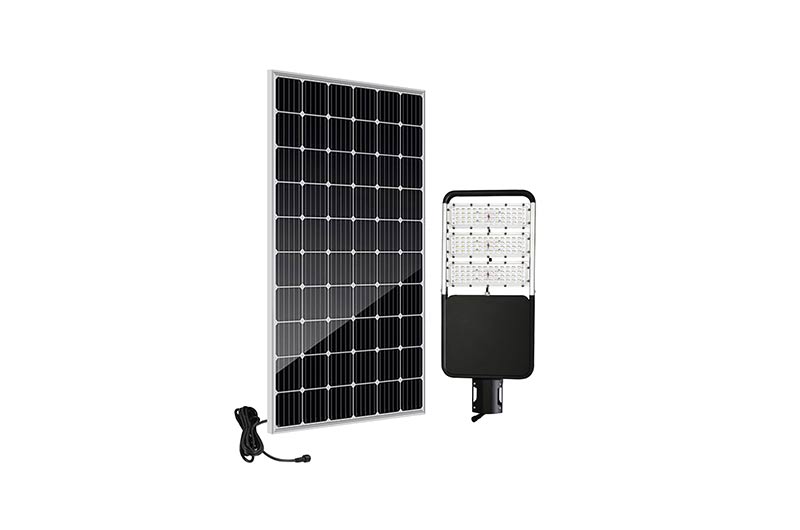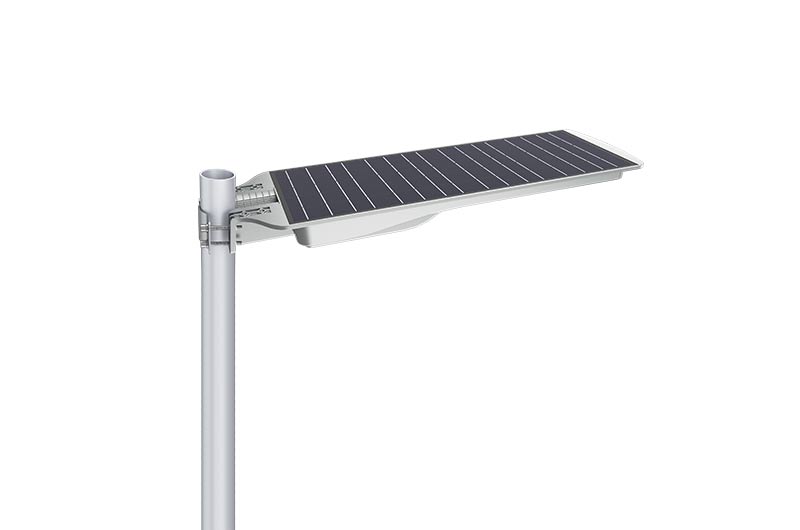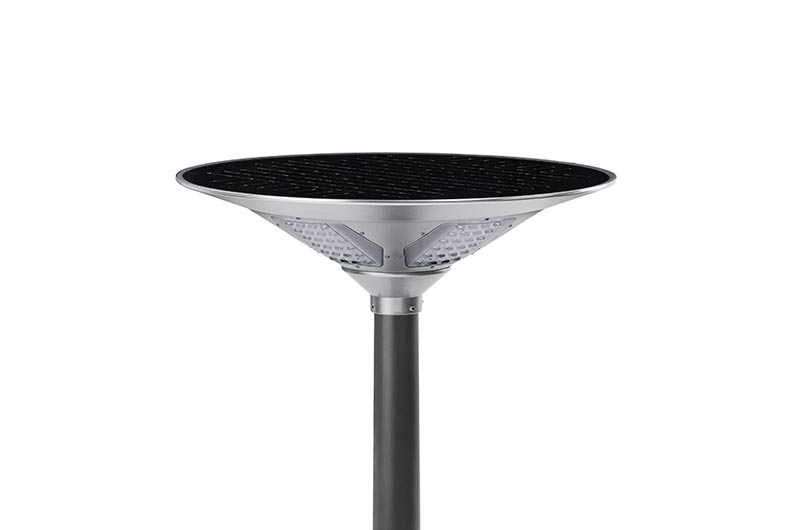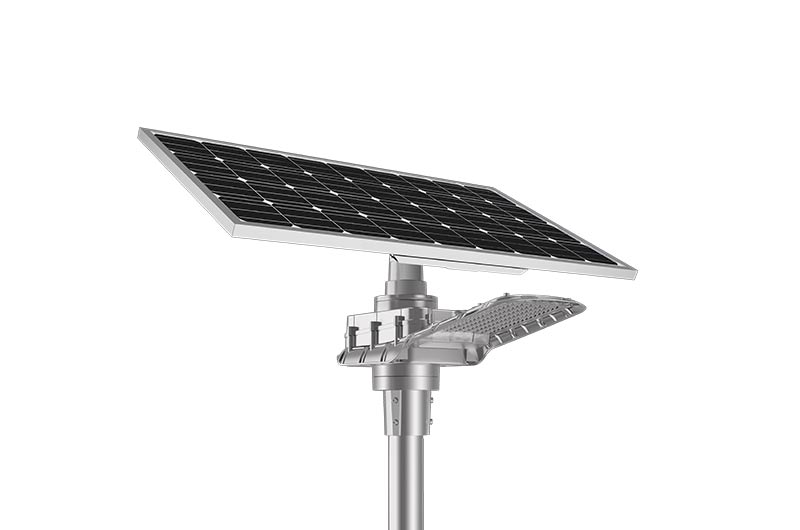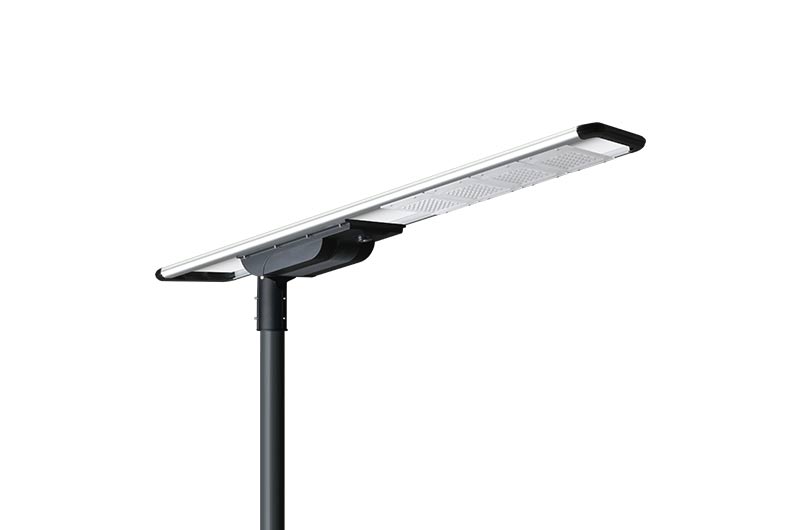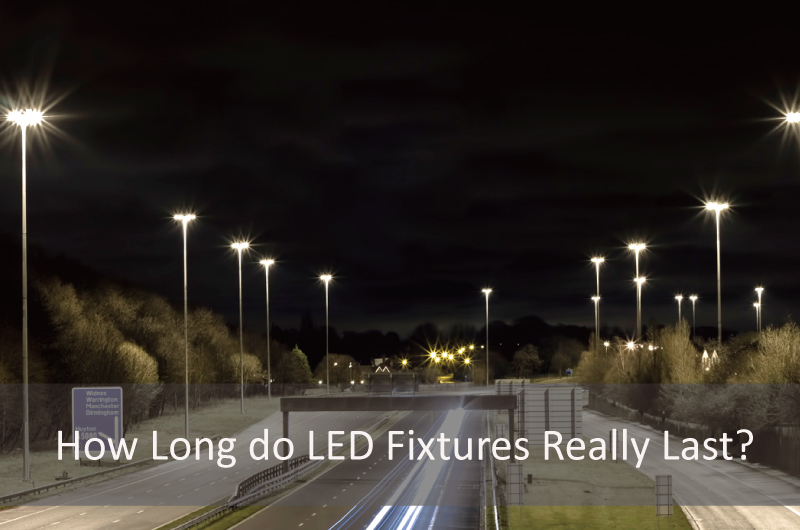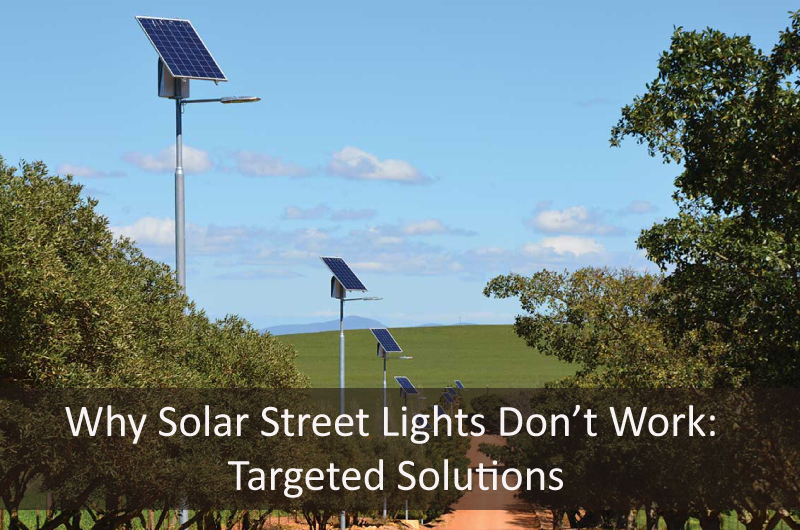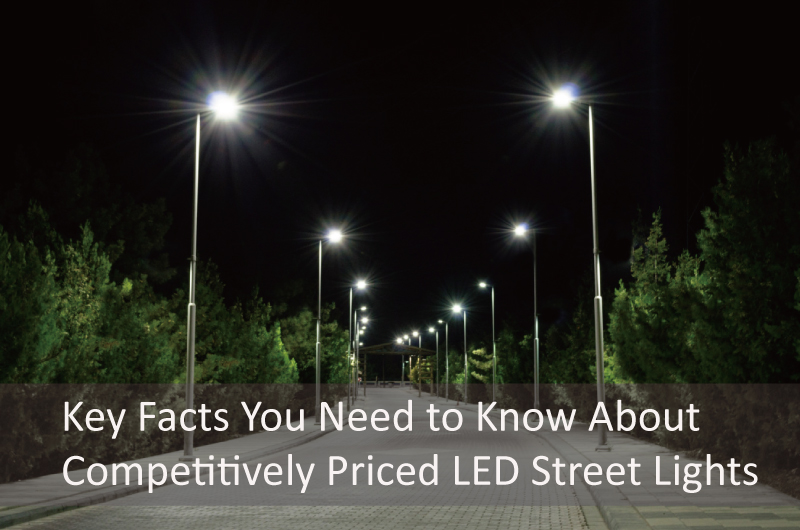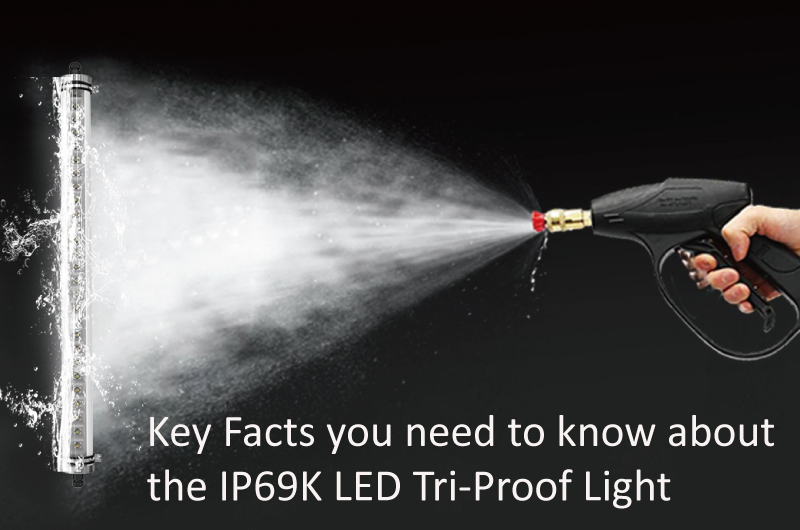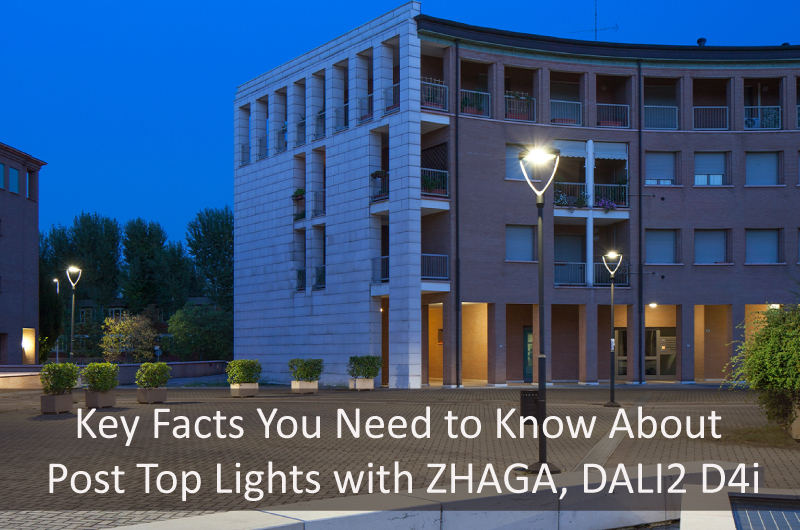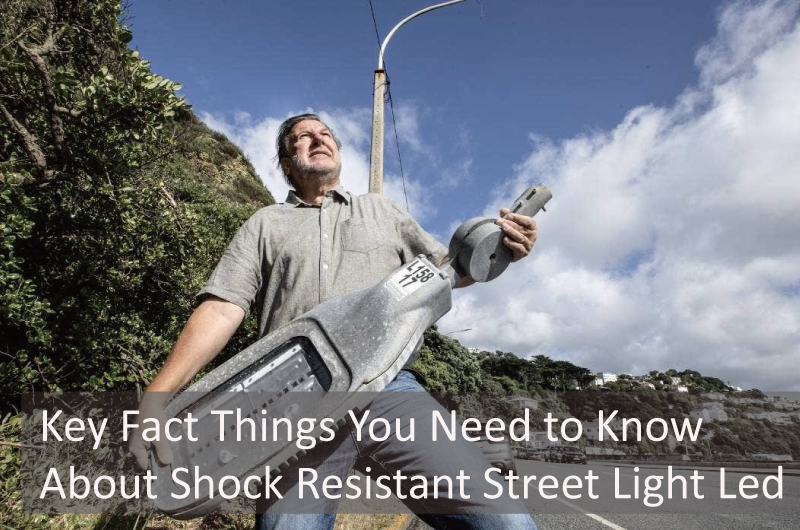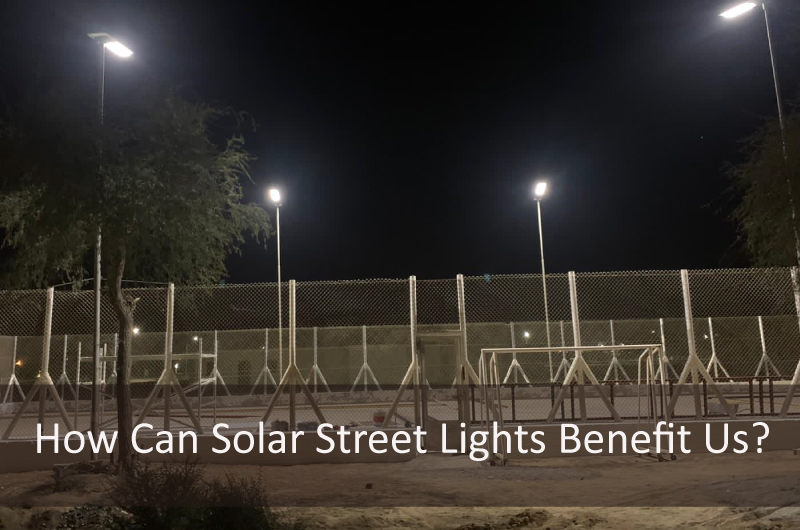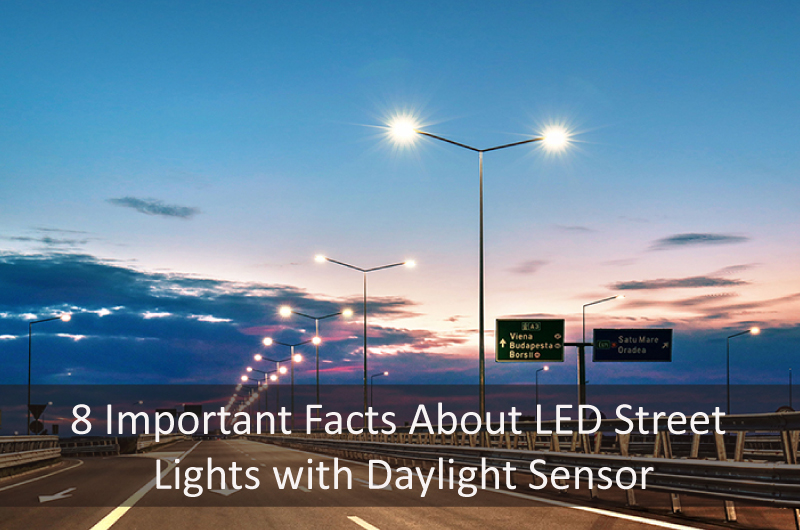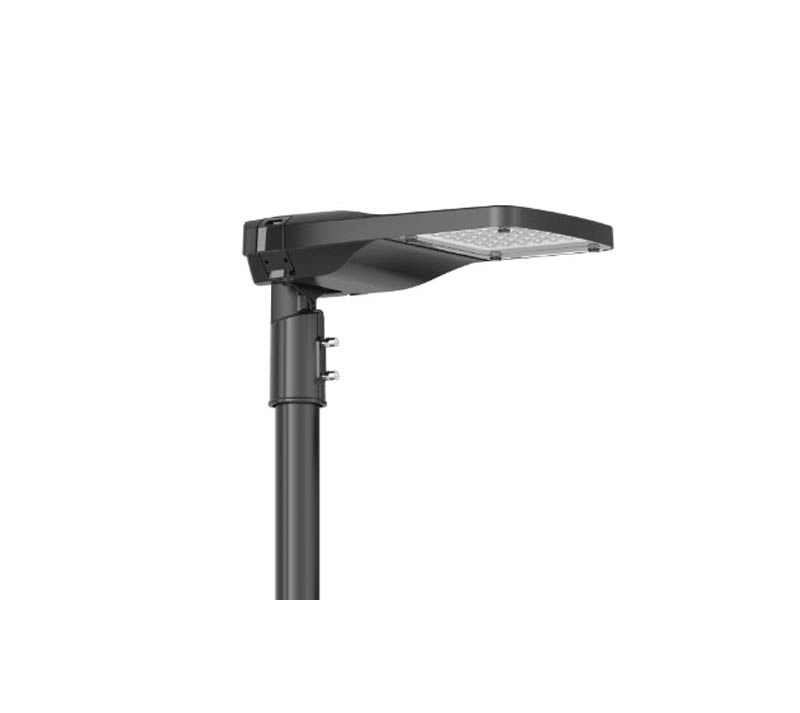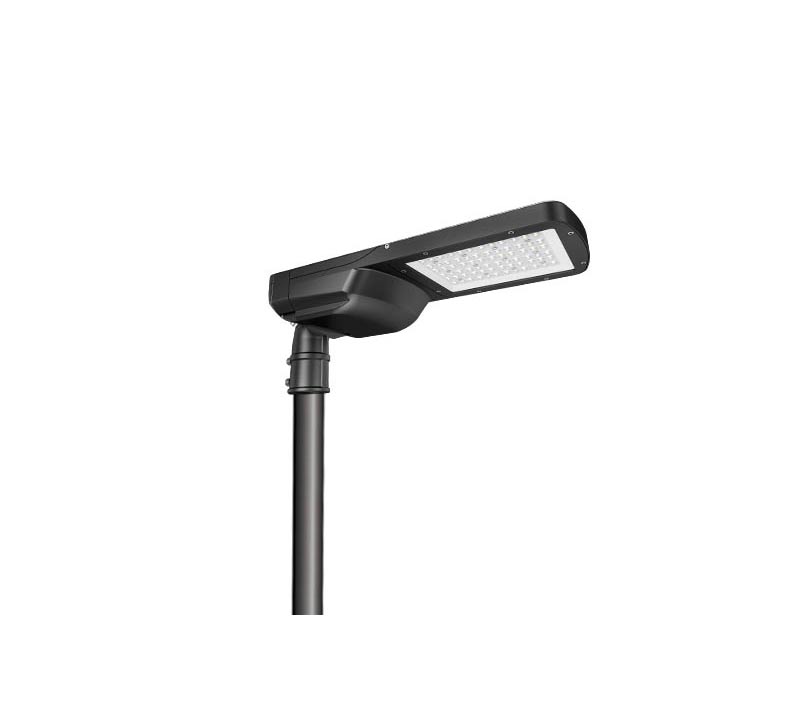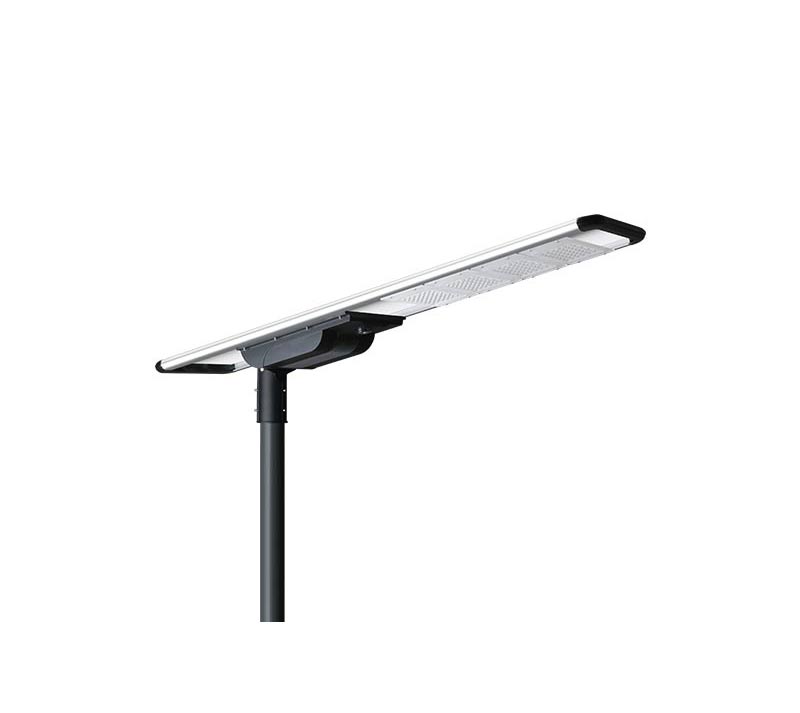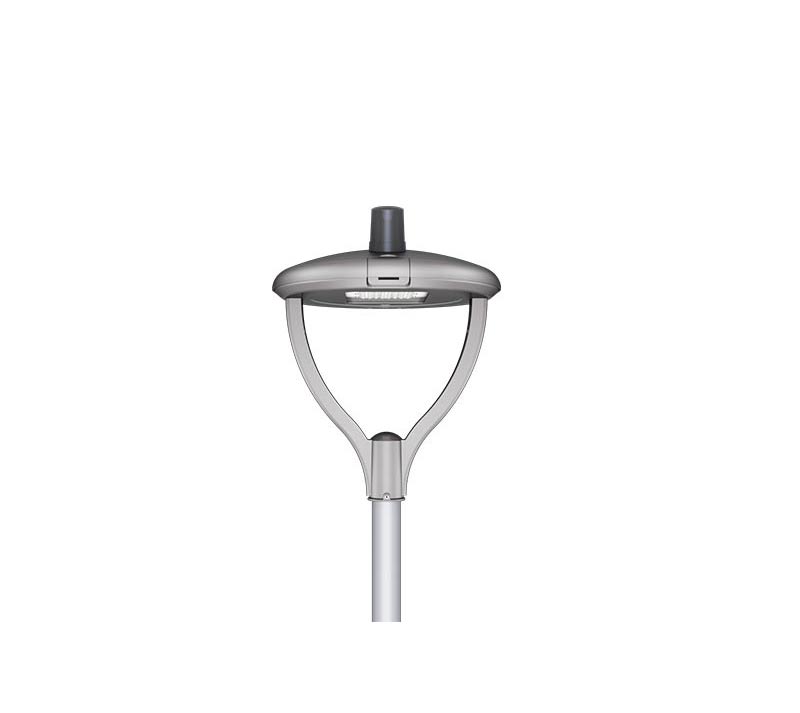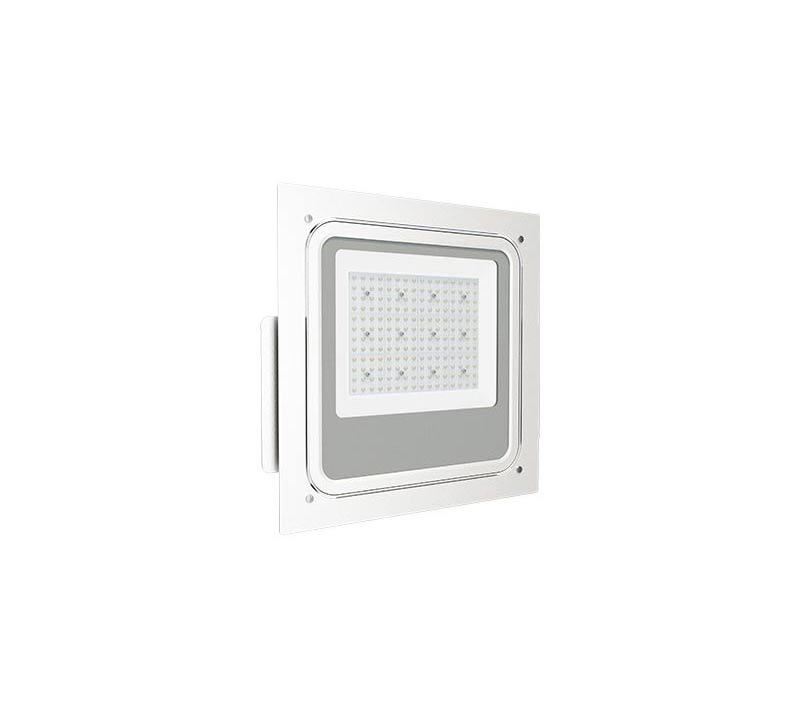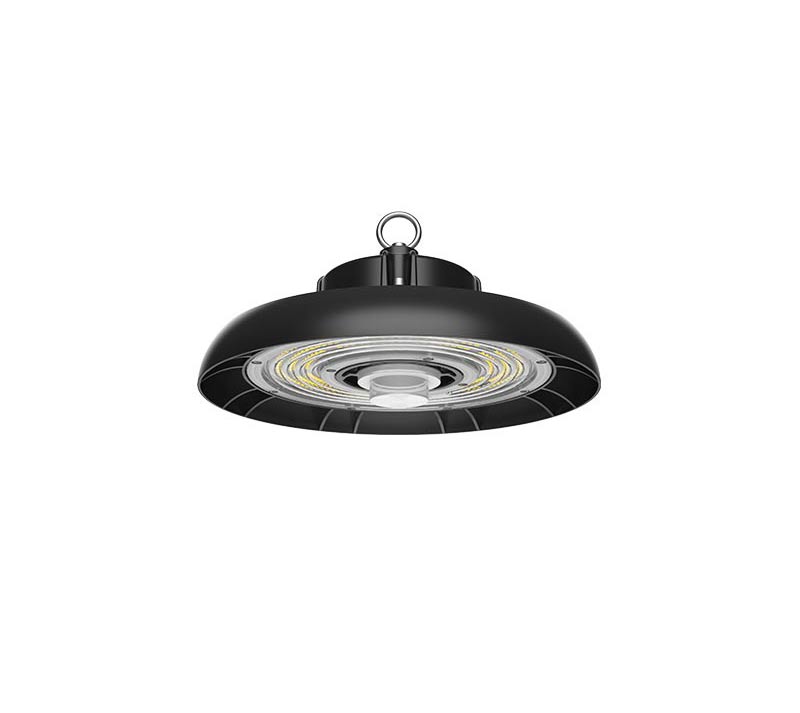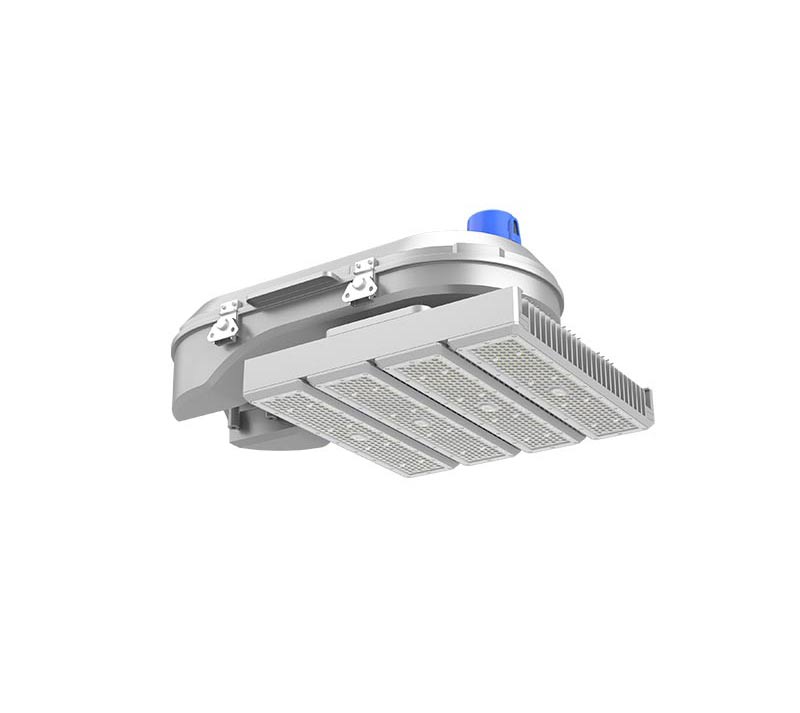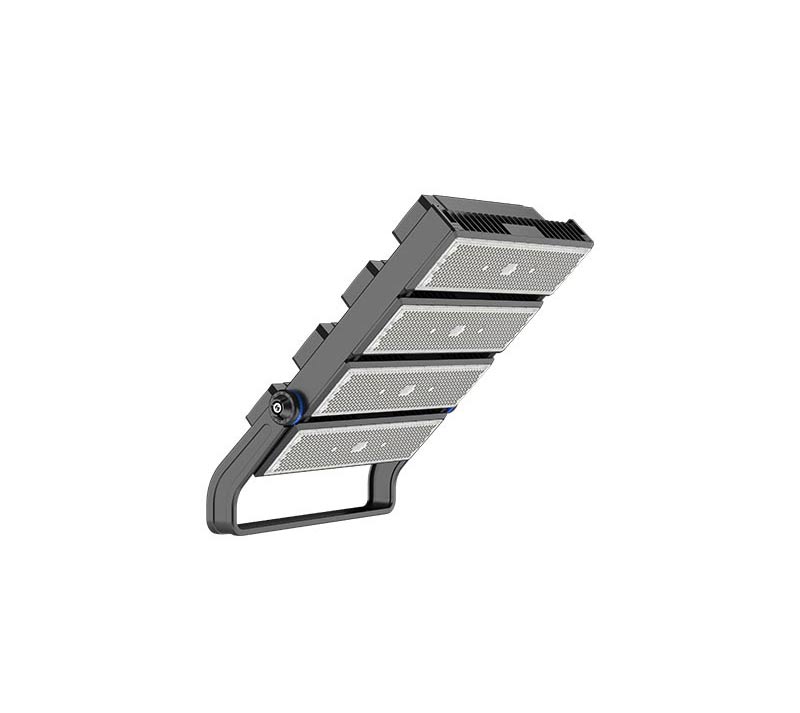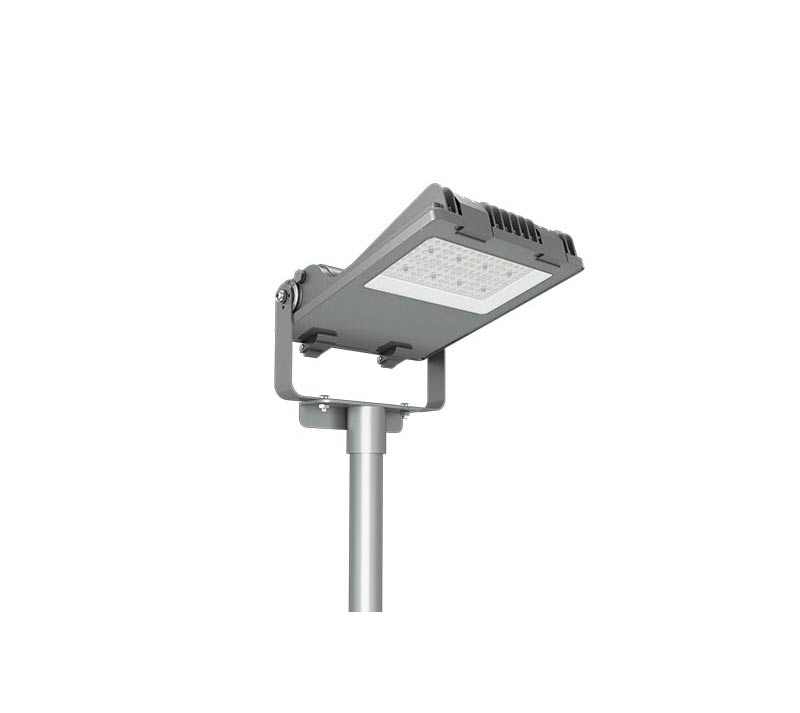
30-120W Semi Solar Panel Street Light for Roadways and Highways
Introducing our 30-120W Semi Solar Panel Street Light, a robust and efficient solution for illuminating roadways and highways. Its flexible All-in-Two design, featuring a separate solar panel and LED light fixture, allows for maximum efficiency and placement versatility.
Backed by the reliability of a LiFePO4 lithium battery, these lights ensure superior performance and longevity. Choose our 30-120W Semi Solar Panel Street Light to illuminate your roads and highways with sustainable, reliable, and efficient lighting.
Semi Integrated Solar Street Light with High-efficiency Mono Solar Panel
our Semi Integrated Solar Street Light offers high durability and performance, making it an excellent choice for your lighting needs. Embrace a brighter, more sustainable future with our high-efficiency Semi Integrated Solar Street Light.
Special Features
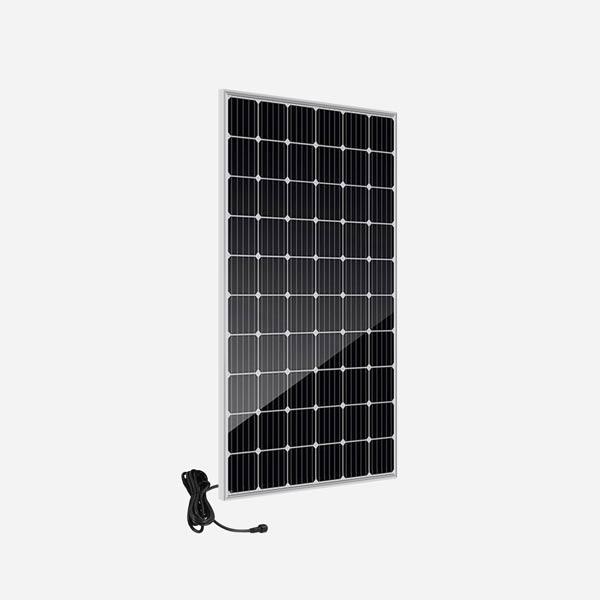
Mono Solar Panel
Solar street light is equipped with a mono solar panel, renowned for its superior efficiency and power output, even under poor sunlight.
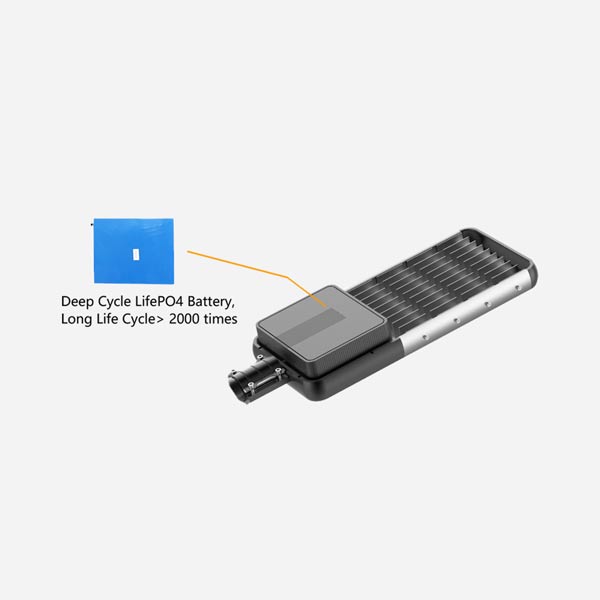
LiFePO4 Battery
LiFePO4 batteries have a higher number of charge and discharge cycles, which is ideal for solar applications that involve daily charging and discharging.
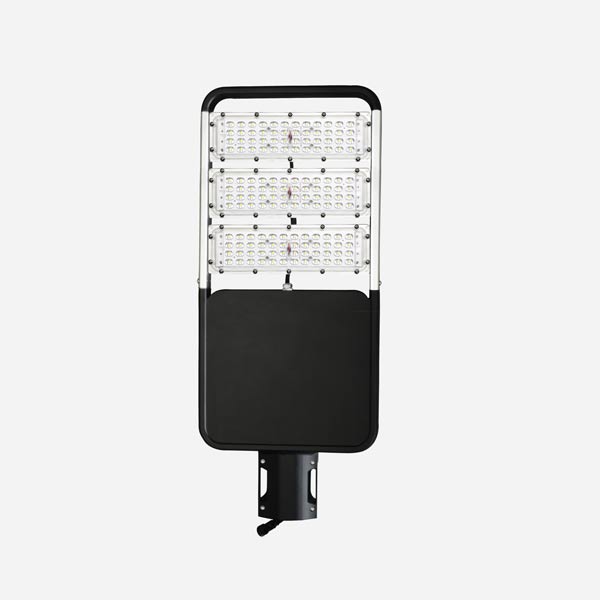
Adjustable Modules
Solar street lights with adjustable LED modules can provide a highly flexible and energy-efficient solution for street lighting.
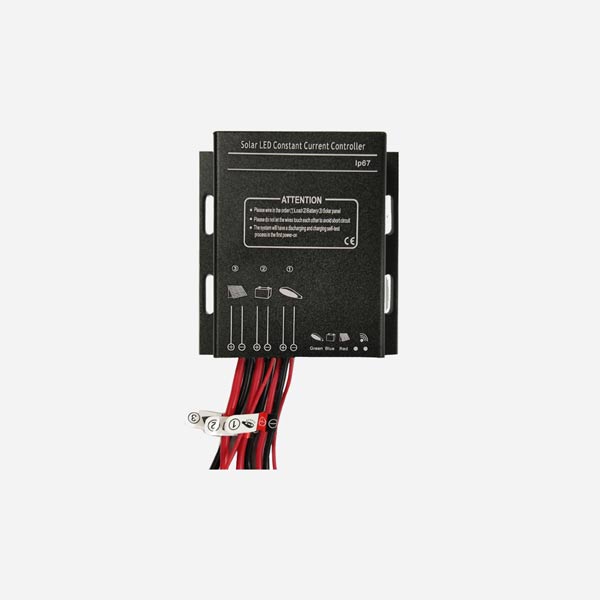
MPPT Controller
Solar street lights equipped with Maximum Power Point Tracking (MPPT) controllers are highly efficient and a smart choice for street lighting solutions.
Specifications
| Series No | Series SSC Semi Solar Panel Street Light |
|---|---|
| Wattage | 30-120W |
| Input Voltage | 12/24VDC |
| Efficiency | 170lm/w |
| CCT | 3000-6500K |
| CRI | Ra 70/80 |
| Mono Solar Panel | 18V 40W-18V 170W |
| LifePO4 Battery | 12.8V 18AH-12.8V 60AH |
| Housing Materials | High‐Strength Aluminum Alloy |
| IP Rating | IP66 |
| IK Rating | IK10 |
| Work Temperature | -25°C to + 65°C |
| Light Distribution | Type II |
| Working Time | 12-15hours, 5-7 cloudy/ rainy days |
| Charging Time | 6‐8 hours |
| Spigots diameter | 60-65mm |
| Certification | CE, ROHS, LM79, LM80 |
| Control mode | Photocell, PIR/ Motion Sensor, Timer dimming |
Related Case
Why Choose Semi Solar Panel Street Light from MK Lighting?
Choosing semi-solar panel street lights from MK Lighting combines the benefits of renewable energy, cost savings, environmental sustainability, reliability, and customization. It is a practical and efficient lighting solution for both urban and rural areas, contributing to a more sustainable and well-lit future.
Easy Installation. Semi-solar panel street lights are relatively easy to install compared to traditional street lights. They don’t require extensive electrical wiring, making the installation process faster and more cost-efficient.
Customization and Design. MK Lighting offers a range of semi-solar panel street lights with different designs, wattages, and lighting outputs to suit various urban and rural environments.
Customer Service . MK Lighting provides exceptional customer service, offering personalized advice and support to help you choose the right product and ensure it’s correctly installed and maintained.
Custom-Made Semi Solar Panel Street Light for Your Special Needs
We customize street lights to meet your specific needs. Luminous intensity, coverage area, CCT and other features can be customized to your specifications. You can optionally install a motion sensor, which triggers the lights to brighten when motion is detected. This feature not only saves energy, but also adds an extra layer of security. In addition, the lights can be equipped with a smart control system that allows you to remotely adjust the lighting schedule and intensity.
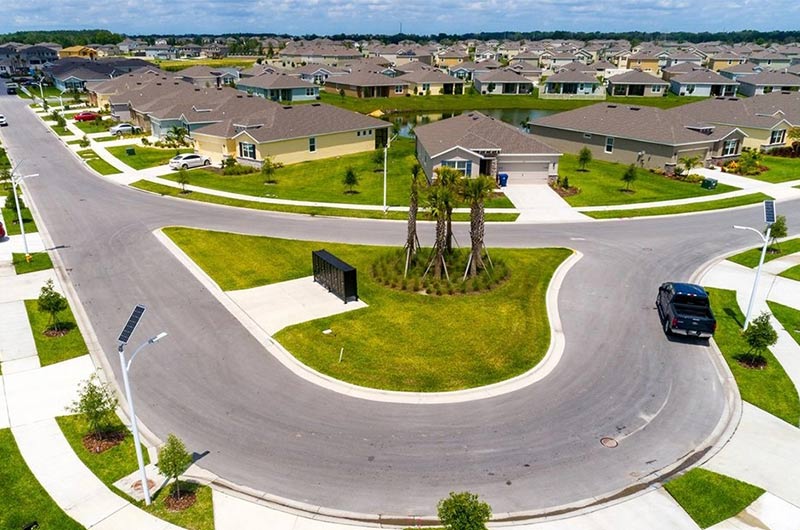
Solar Panel Street Light Applications
Solar panel street lights are a testament to the advancement of renewable energy technology. With their wide range of applications, they’re not only illuminating our paths but also paving the way to a more sustainable and energy-efficient future.
- Roadways
- Rural Areas
- Public Spaces
- Off-grid Locations
- Rural and Remote Areas
Discounts for Electrician, Contractor or other Trade
Our team continuously creates valuable partnerships with various electricians, contractors, lighting solution businesses, lighting design companies, and other tradespeople to ensure you all receive the special discounts and services possible with unbeatable quality and a proven track record!
★ Go on our referral list of contractors, installers, and other lighting services –at no extra cost, you can expand your business by accessing our unique database of contractors, installers, and other lighting services. Communicate directly with reliable experts renowned for their excellent work.
★ Get assistance with rebate research and application – making it easier for you to find and file rebates available in your area. We are here to help you save money and money on any rebate.

★ Direct from factory prices – means you get the lowest prices! There are no middlemen to add extra cost. Our customers are our biggest customers, and your satisfaction is our highest priority.
★ Priority service in providing free lighting plans – allowing you to give immediate results to your customers and claim your money saved on our low-cost service. All the information will be collated and ready for you to present to your customer as soon as they contact you.
More Than Just an Semi Solar Panel Street Light Manufacturer
We don’t just manufacture semi solar panel street lights; we are a holistic provider of intelligent, sustainable lighting solutions. Our mission goes beyond mere manufacturing – we strive to be pioneers in the field of renewable energy, innovators in design, and collaborators in creating smart, eco-friendly urban spaces.
Frequently Asked Questions
We have compiled the most frequently asked questions about our led street light fitting here for your convenience, but please feel free to contact us if you have any additional questions.

